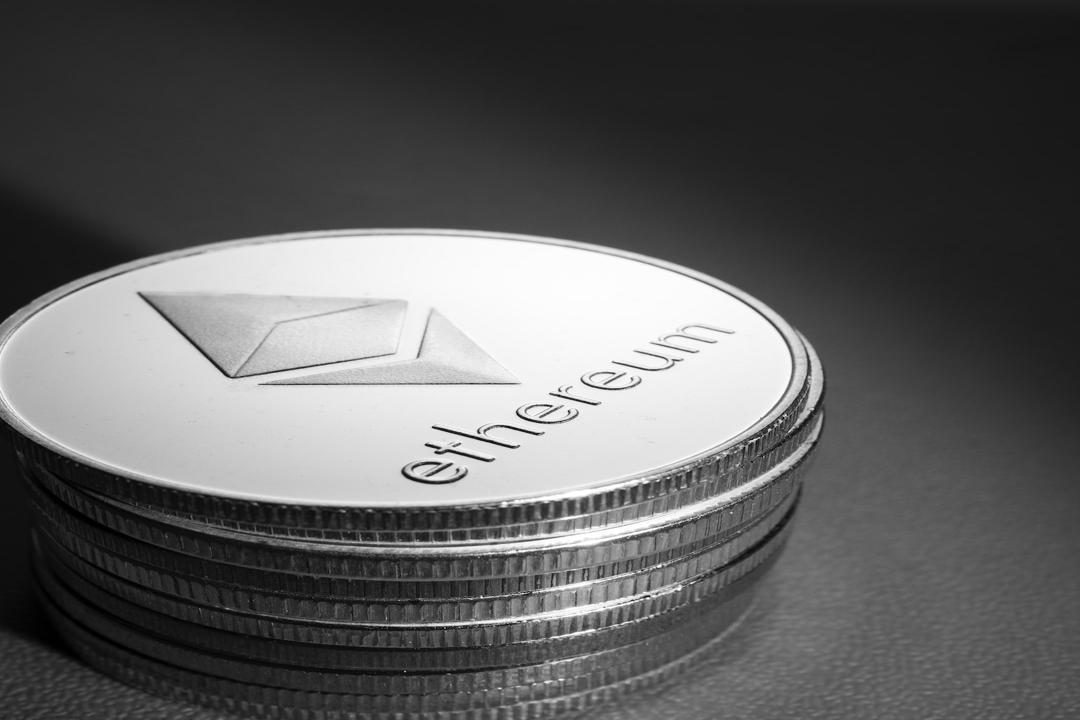The United States Securities and Exchange Commission (SEC) gave the green light to spot Ether exchange-traded funds (ETFs) on May 23. However, the approval process for these ETFs differed from that of spot Bitcoin ETFs, which were previously approved in January. While the spot Bitcoin ETFs were approved through a vote from a five-member committee that included SEC chief Gary Gensler, the spot Ether ETFs received approval from the SEC’s Trading and Markets Division.
The SEC approved the 19b-4 filings from several major financial firms, including BlackRock, Fidelity, Grayscale, Bitwise, VanEck, Ark, Invesco Galaxy, and Franklin Templeton. However, the SEC did not provide any additional comments beyond the official decision, which stated, “For the Commission, by the Division of Trading and Markets, pursuant to delegated authority.”
Many in the crypto community were puzzled by the difference in the clearance procedure for the two crypto ETFs. Bloomberg ETF analyst James Seyffart explained that this was a normal occurrence. He pointed out that many approvals are typically handled in a similar manner, and it would be impractical to require the SEC to hold an official vote for every decision or document. Seyffart also mentioned that it would have been interesting to see the political alignments if there had been a vote.
Despite Seyffart’s explanation, some skeptics remain. One user on X raised the possibility that a commissioner could challenge the decision within the next 10 days, suggesting that the delegated authority might be used to conceal politically sensitive votes. Another user speculated that the SEC’s decision could be influenced by factors such as political pressure, upcoming elections, and the implementation of environmental, social, and governance (ESG) rules.
The crypto industry celebrated the SEC’s approval of spot Ethereum ETFs, considering it a significant milestone. However, although the 19b-4 forms have been approved, the S-1 registration statements still need to be processed before trading can commence. This means that it may still take weeks or months before spot Ether ETFs debut on exchanges, as the issuers await the SEC’s approval of the S-1 registrations.

